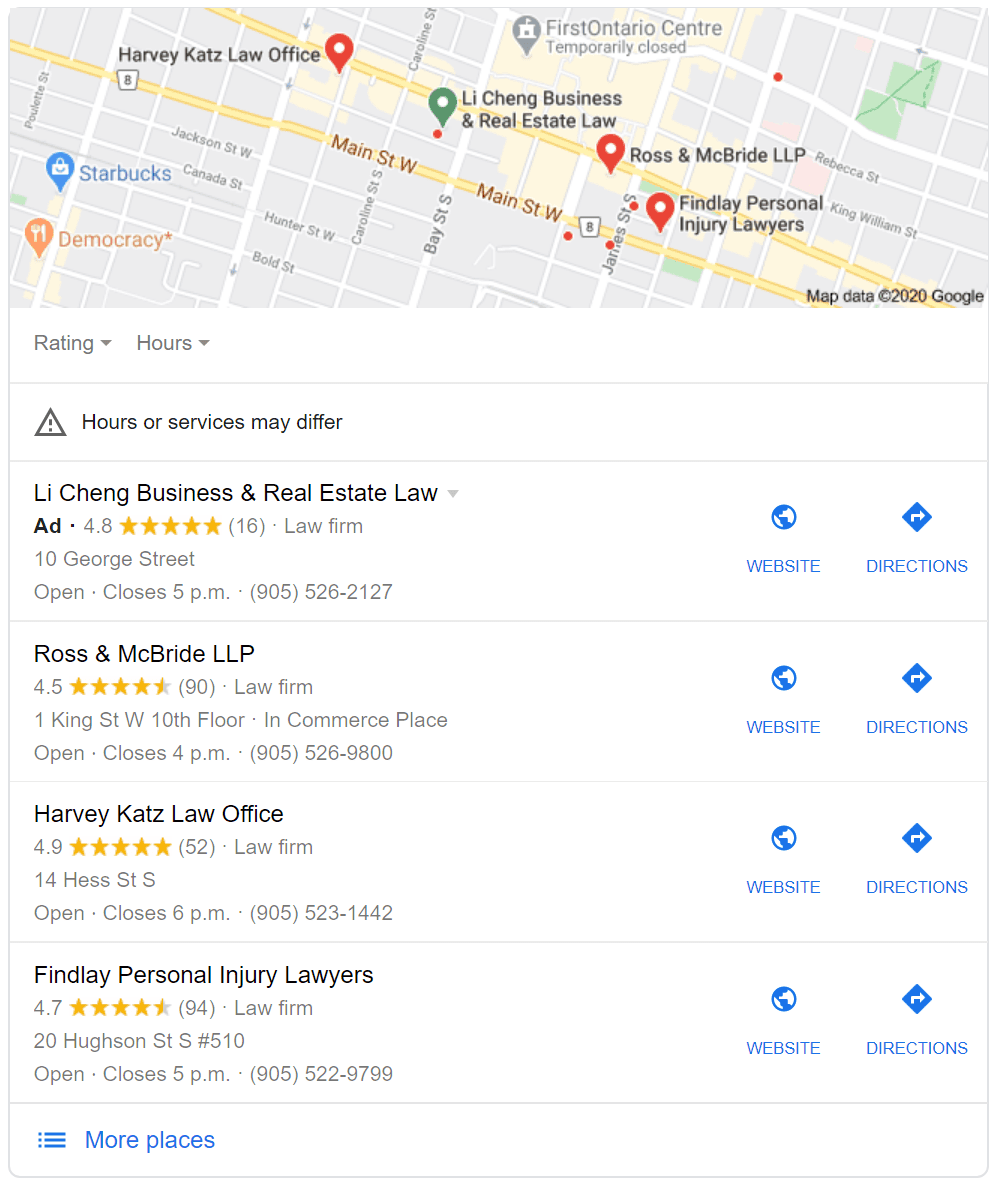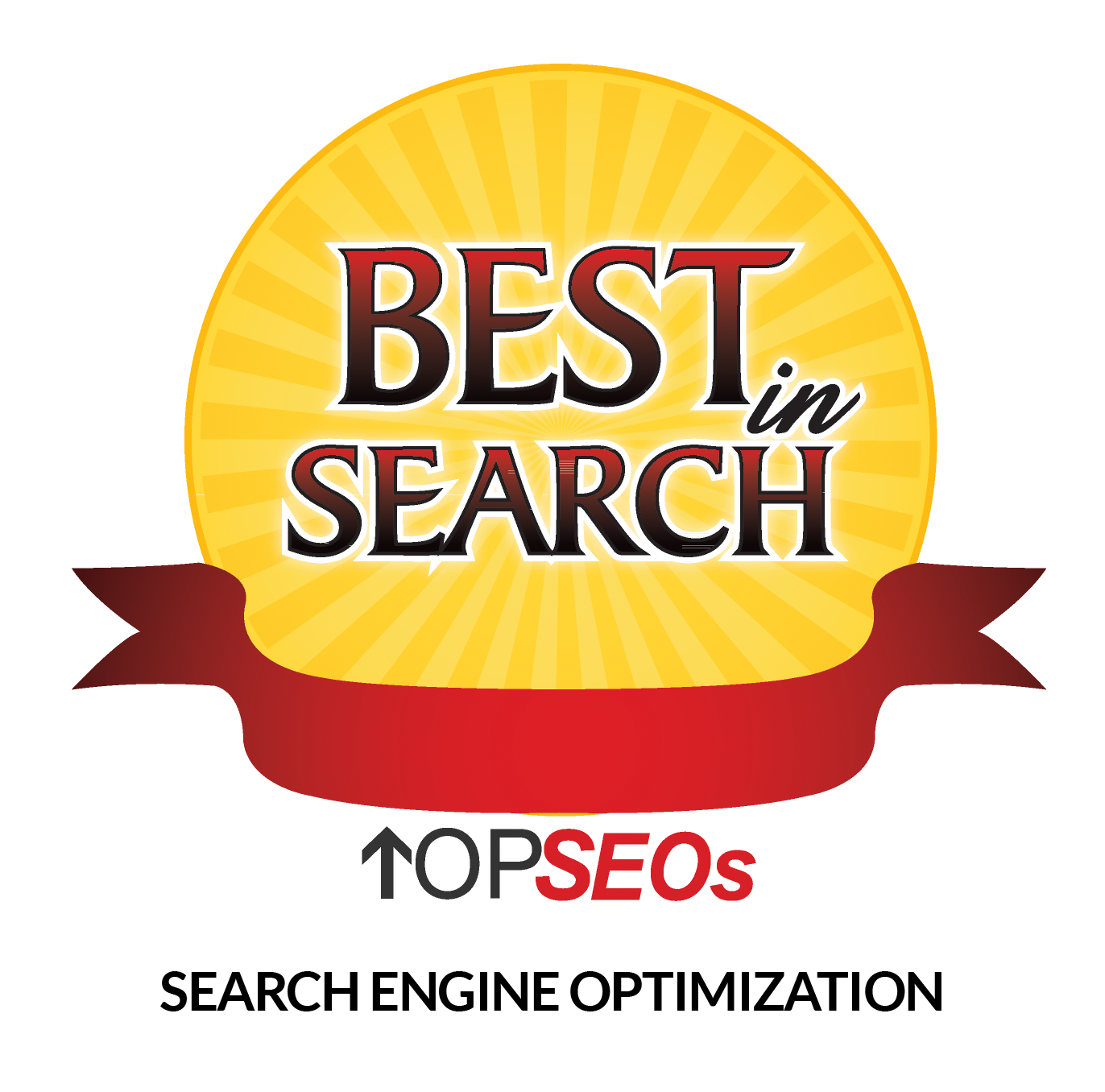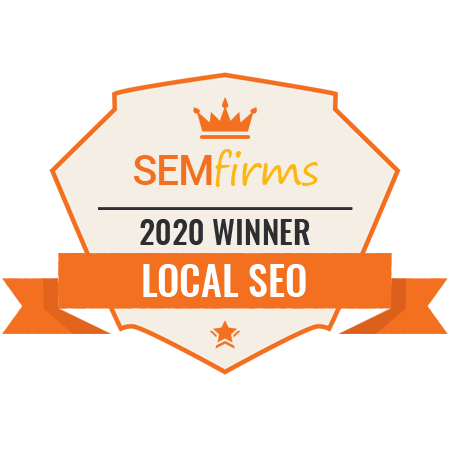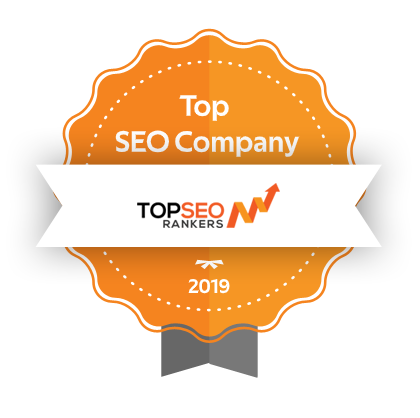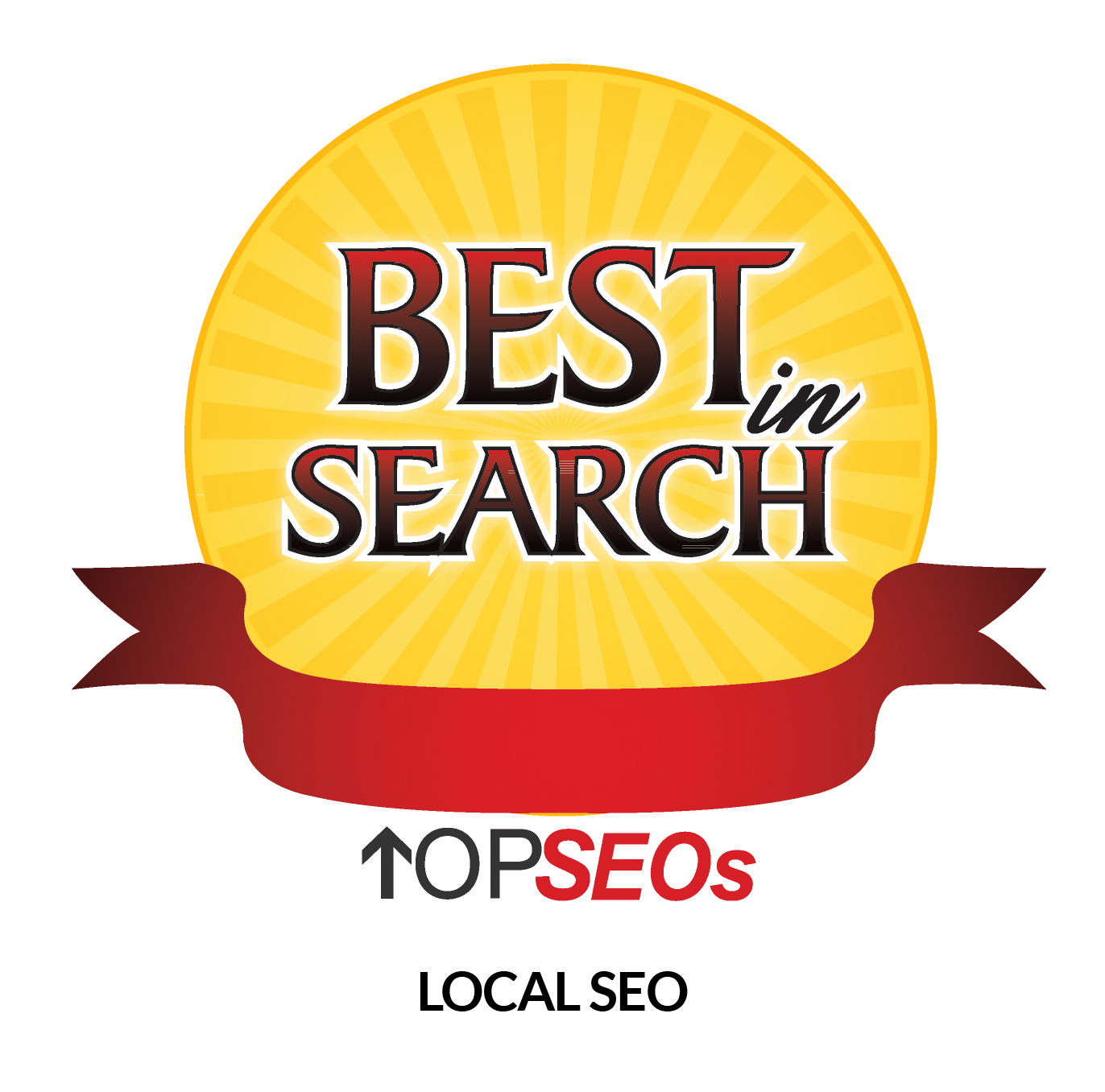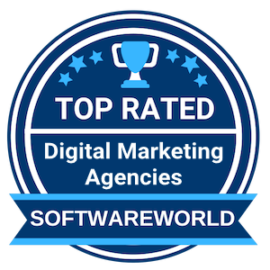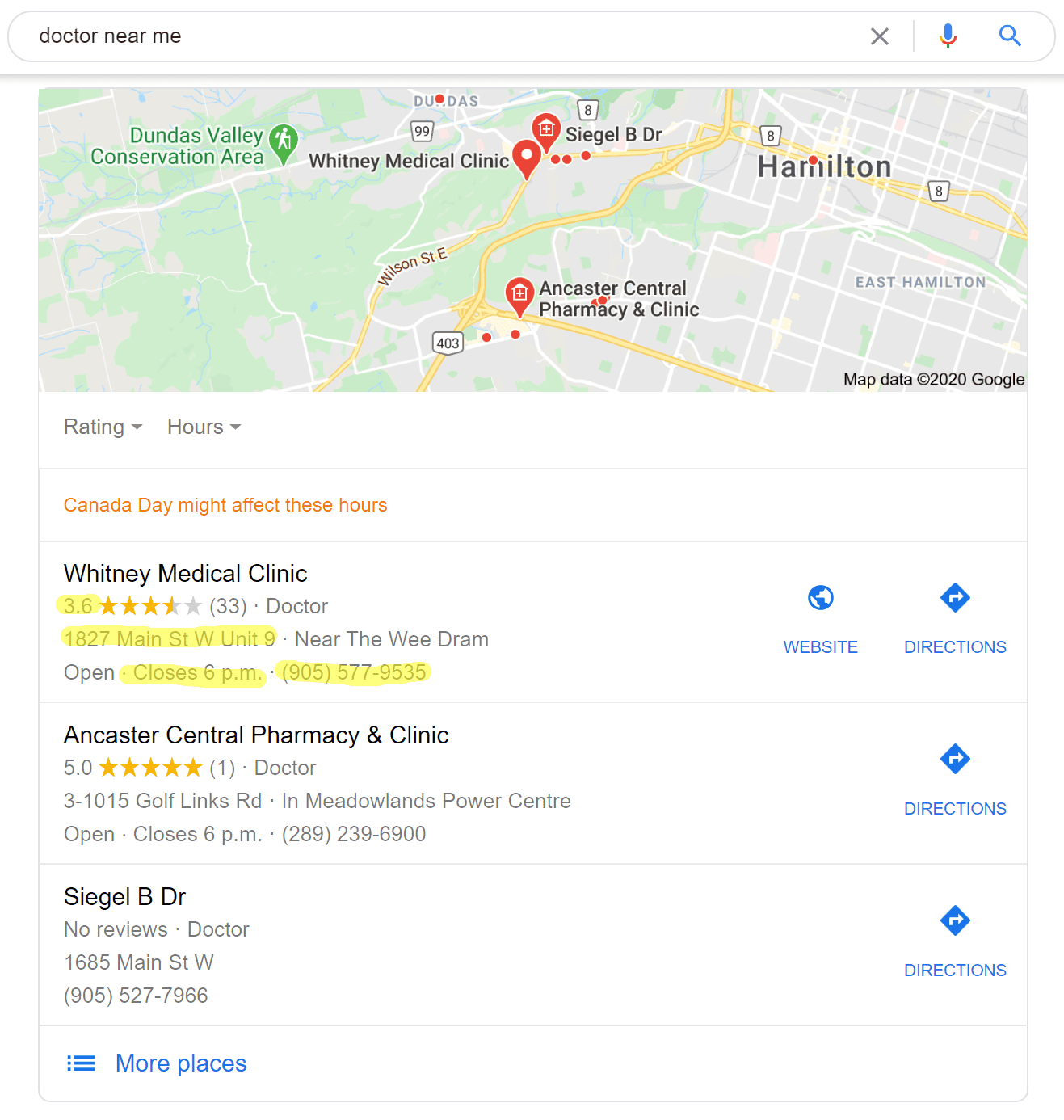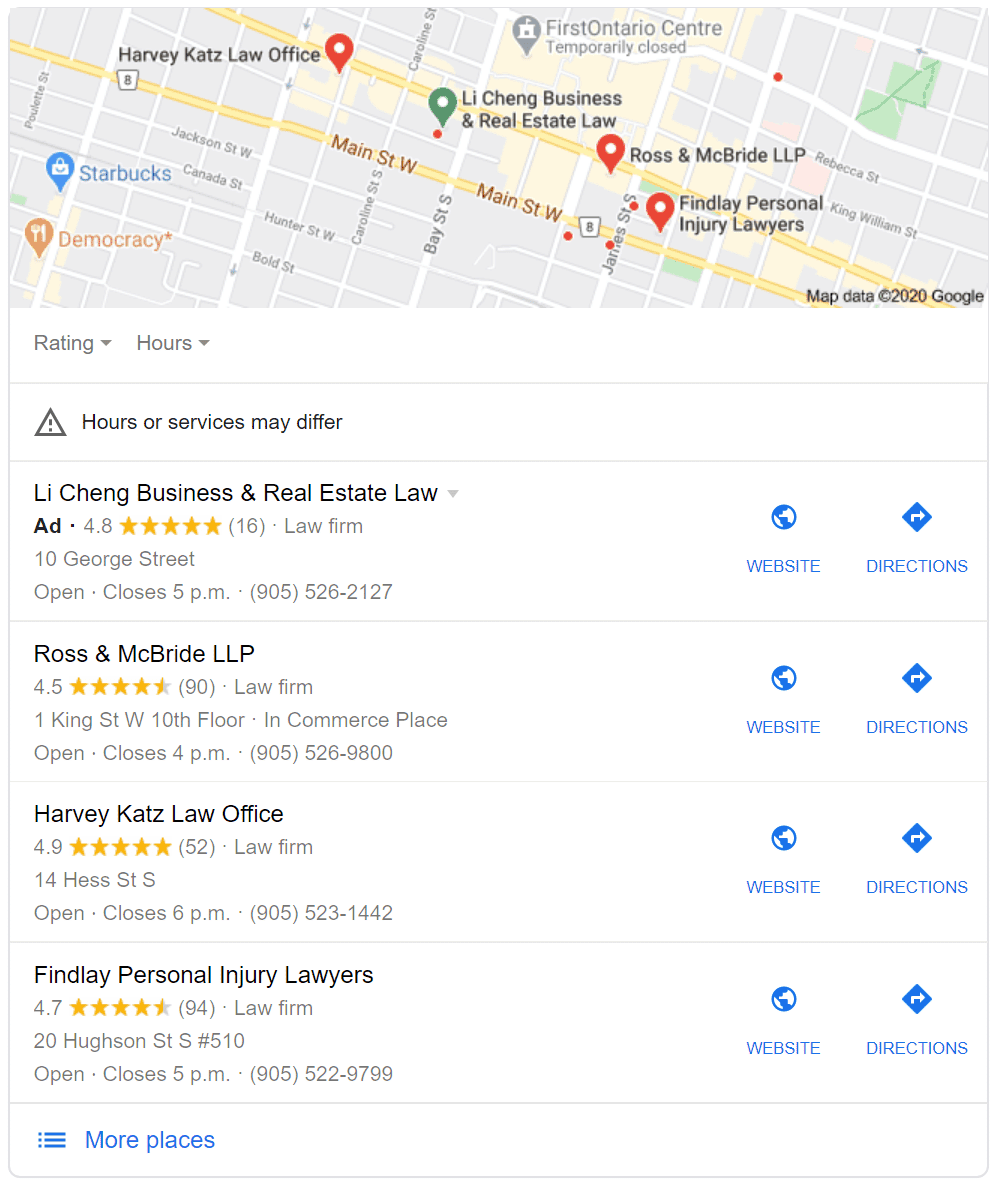Why Local SEO?
Local SEO is the most cost-effective online marketing strategy for converting customers in your area.
With local search engine optimization, you’ll not only generate heaps of organic traffic to your website, you’ll also encourage many ready-and-willing customers to visit your brick and mortar business.
In fact, 88% of people that search using mobile local search either visit or call the business within one business day. (Source: SEOExperts)
The ‘Near Me’ SEO Strategy
You’ll also want to show up for near me searches. Why? People that search using ‘near me’ are actually ready to purchase or request your services immediately. Don’t take our word for it.
Statistics indicate that 18% of local mobile searches convert to a sale within 24 hours or less. (Source: Think With Google)
Our Local SEO Expert Knows Google Well
Google has levelled the playing field for local businesses with Google’s Local 3-Pack and Pigeon update.
The result? Your local business can compete with national companies for local keyword rankings.
Using our proven local SEO methodology, we’re confident that we can harness our vast experience of Google search and dominate your local target market and area.
Your Customized Local SEO Strategy
To do local SEO right, you need to understand how Google ranks sites for location-related queries.
When deciding who to rank in the Google Local 3-Pack, they take three major factors into consideration:
- Relevance is of most importance—Googles best guess of how accurately their results match the search terms that a user queried. This is directly correlated to your local SEO content development and strategy
- Distance of user and business—Another important one of the Google local search ranking factors is the proximity between the user and your business location. Often this is calculated by a location-based search term. If a location specific query, such as “Dentists in Hamilton”, is not used then Google will account for the last identified location of the user via historical data.
- Google trust score—Your company’s reputation matters, and Google tries really hard to indicate just how credible your business is. Think about boosting Google reviews online, for instance.
Ultimately, these three Google local search ranking factors determine which businesses will earn top organic local rank and within the Local 3-Pack.
We base a lot of our local SEO analysis on research by MOZ. According to them, the most critical local ranking signals are as follows; outlined in the next section.
Local Search Ranking Factors 2020
- Backlinks (Link signals are important. A local SEO backlink carries more weight than a link that is not localized).
- On-page signals (Note: it’s best to use a local SEO expert to manage and identify the gaps between these signals and your current on-page strength, as it can get quite technical).
- Citation building (A local SEO audit and a local citation audit should be performed to understand your businesses current local footprint).
- Reviews (Facebook, Yelp and other review platforms. Including GMB ranking factors like Google reviews. A vital component of Google My Business SEO).
- Behavioural signals (These can be identified and analysed through our local SEO reporting that we provide to all our clients monthly).
- Personalization
- Social media (including Google My Business page optimization).
Google My Business Optimization: The Most Affordable Local SEO
If you want to put your business on the map (literally and metaphorically), you need to understand best practices for Google My Business and effective local maps optimization.
When someone performs a local Google search for the products or services you offer, does your business show up on Google’s local search results?
If so, where is your business ranked on the first page of Google?
Consider that it doesn’t matter if you’re checking on desktop or mobile. Remember, consumers rarely scroll further than the first page when performing a search. So, it’s imperative you ensure that you’re GMB listing is fully optimized and you have a plan to manage your Google My Business listing to show up first for relevant searches.
92% of users will choose a service provider on the first page of their local Google search results. (Source: SEO Experts)
Luckily, we can leverage all these signals to our advantage. With a little help from local Google My Business search engine optimization, we can help to get your business organically ranked in that desirable #0 position on Google search.
